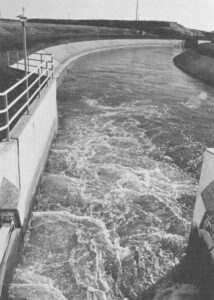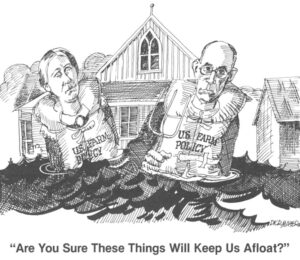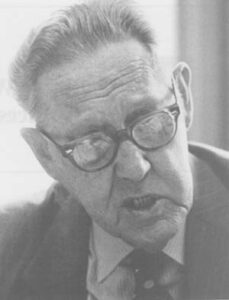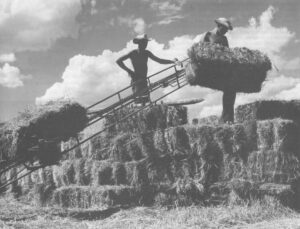
Water, Water
“It is the upper-crust of farmers who are running the show,” says the frail, slowly speaking man, 83 years old, a scarf at his throat to protect against a chill, a cane by the door to help him walk. He is Dr. Paul S. Taylor,

“It is the upper-crust of farmers who are running the show,” says the frail, slowly speaking man, 83 years old, a scarf at his throat to protect against a chill, a cane by the door to help him walk. He is Dr. Paul S. Taylor,

(a) Helps (b) Hurts The American Farm In the autumn of 1921, George N. Peek and Hugh S. Johnson, executives with the Moline Plow Company, Moline, Ill., proposed a plan to aid the American farmer. The early 1920s were hard times for farmers. Many had

(Chicago) — Every day, Monday through Friday, starting at 7:45 a.m., 12 men, older, white-shirted fellows, take their seats at gray, office-style desks in a converted, 100-year-old townhouse, five minutes from Michigan Avenue. They spend the next eight hours or so on old, black telephones,

Seven thirty a.m. the sale barn. New Liberty, Iowa. A cold, rainy spring morning. The farmers in their blue and gray and white striped denim pants and jackets, their red, green and yellow billed caps, men of all sizes and appearances stand talking of how

The marginal ten, the wretched stragglers for survival on the fringes of farm and city, may already number half a billion. By 1980 they will surpass a billion, by 1990 two billion. Can we imagine any human order surviving with so gross a mass of